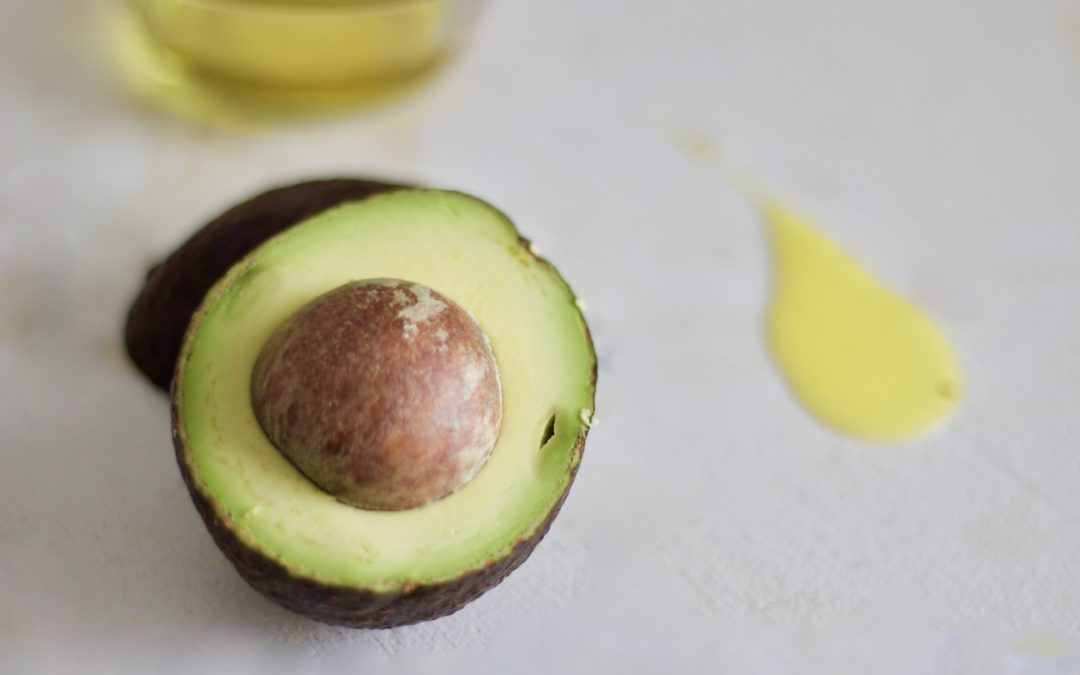why you should be cooking with avocado oil
One of the most common questions I get asked at cooking classes is about oils. Participants are interested in which oils are best for which cooking techniques, which have the most health benefits, and also which to avoid.
It’s a pretty complicated subject, and I try to break it down to be as simple as possible. The wrong types of fats can cause inflammation, hormonal imbalance, obesity, metabolism issues, depression…. The list goes on and on. Our body reacts differently to different types of fat. We’re wanting to choose oils (and fats) that are minimally processed (non-GMO), are easily digested, and most importantly – stable.
This stability issue is really important when it comes to cooking. Just like oils react differently when consumed in our bodies, they also react differently when heat is applied. We know some oils like flax and cod-liver are extremely beneficial when consumed raw – but are simply not suitable to heat applications. All of the healthy benefits are destroyed when these oils are heated, and they can actually become rancid and unhealthy.
This is where knowing the smoke point of your oil becomes crucial. The smoke point is the temperature at which the oil begins to smoke. If you’re like me, you’ve made the mistake of heating a pan with oil for too long and had your kitchen fill up with black, dense smoke. This is the point at which the oil becomes unhealthy.
Avocado oil is so great because it has a high smoke point. It’s about 520 F, compared to olive oil which is about 470 F. In addition to holding up to high temperatures, just like avocados, it’s rich in beneficial fatty acids, antioxidants, and is anti-inflammatory.
Avocado oil has become my staple oil for high temperature cooking. There are other oils with high smoke points are canola, corn, and sunflower – but I avoid these as (besides being commonly GMO) they are inflammatory causing fats (high in Omega-6, low in Omega-3 fatty acids). I also really dislike their taste.
Unrefined avocado oil (which is the healthiest) can have a strong, grassy + nutty flavor, but I don’t find it to be offensive. It also can be green in color. The more refined the oil, the lighter the flavor and color becomes.
—
As an aside, the other oils I keep in my pantry are coconut oil (for cooking, baking), olive oil (for raw, cooking at low temperatures), and ghee (for cooking).










0 Comments